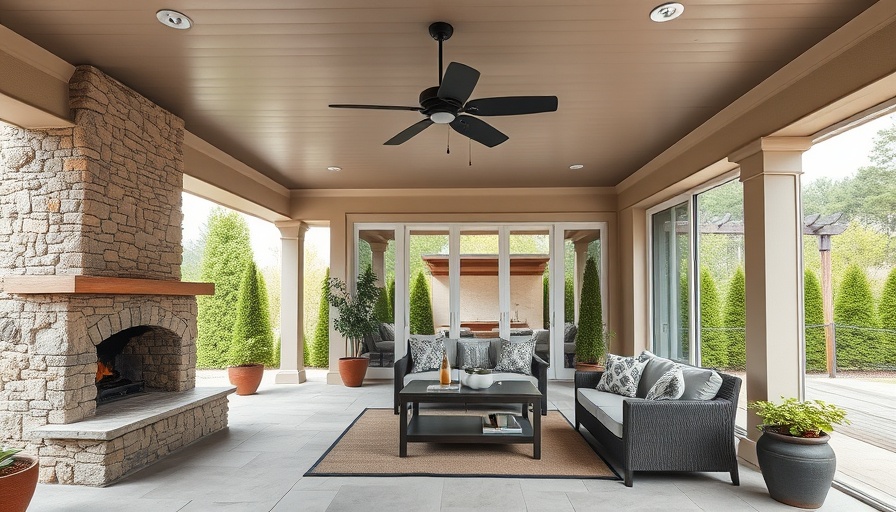
Choosing the Right Ceiling Fan for Your California Home
When it comes to enhancing comfort and style in California homes, ceiling fans play a pivotal role. Beyond merely circulating air, these fixtures can complement decor while contributing to energy efficiency. However, selecting the right fan involves more than just picking a pretty design. From size and blade angle to ceiling height, numerous factors influence your decision.
Understanding Ceiling Fan Size and Placement
How do you know which ceiling fan size suits your room? The American Lighting Association offers clear guidelines. For smaller rooms (up to 75 square feet), a fan measuring 36 inches or smaller is ideal. As you scale up in space, so too does your fan size requirement; rooms up to 144 square feet typically need 36 to 42-inch fans, while larger areas of around 225 square feet can benefit from 50 to 54-inch options. For expansive environments, consider using multiple fans or an oversized model to ensure effective airflow.
Height Matters: Blade Placement and Ceiling Height
Ceiling height is another critical factor. Mounting a fan too high can minimize its effectiveness, while positioning it too low can create unneeded turbulence. Ideally, the fan should be about 8 to 9 feet from the floor to operate efficiently. For ceilings higher than 9 feet, a downrod can help maintain ideal height.
Styles and Functions: Choosing Design Elements
While functionality is key, aesthetics shouldn’t be overlooked. Fans come in various styles, from modern sleek designs to more traditional models. Consider the existing decor of your home—what complements your living space? Additionally, energy-efficient models are available, reducing electricity costs and supporting California's eco-friendly initiatives. Incorporating a fan with an integrated light fixture can also add more functionality and style.
Additional Insights for California Homeowners
California's unique climate, ranging from coastal breezes to arid desert regions, influences fan choice. For coastal homes, materials resistant to humidity and corrosion are vital, while desert dwellers might prioritize high airflow for maximum cooling. Moreover, smart ceiling fans are gaining popularity, allowing homeowners to integrate their fans into automated home settings for convenience and energy savings.
Common Misconceptions About Ceiling Fans
Many homeowners believe that ceiling fans are solely for cooling. However, they also serve to circulate warm air during colder months. By reversing the rotation, you can push warmth down into the living space, promoting year-round comfort and energy efficiency.
Final Thoughts: Create Comfort with Style
Incorporating a stylish, functional ceiling fan into your California home can significantly improve comfort while expressing your aesthetic. By following these guidelines surrounding size, placement, style, and seasonal use, you can enjoy the advantages of improved airflow and visual appeal. Don't forget to consult an expert if you're unsure about the best choice for your specific space! Explore your options today and elevate your California interiors!
 Add Row
Add Row  Add
Add 




Write A Comment